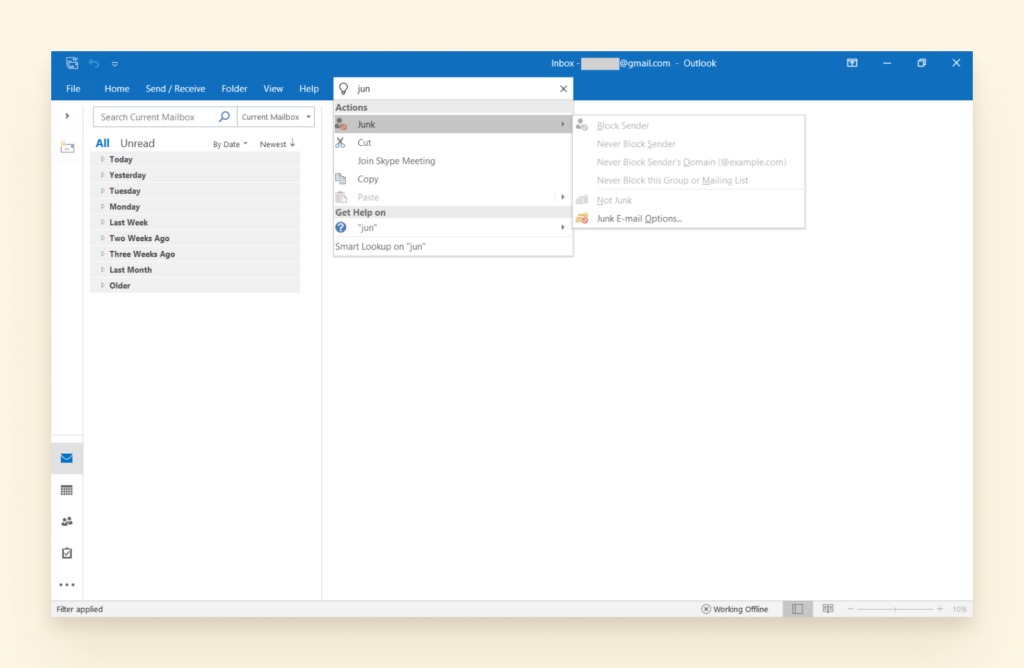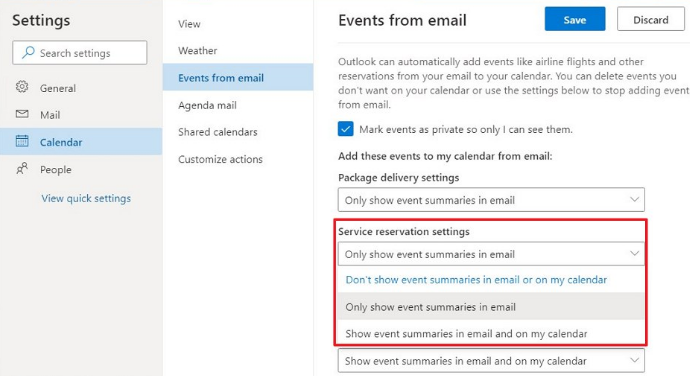

- BLOCK SOMEBODY FOR MY OUTLOOK EMAIL ON MY MAC HOW TO
- BLOCK SOMEBODY FOR MY OUTLOOK EMAIL ON MY MAC PASSWORD
- BLOCK SOMEBODY FOR MY OUTLOOK EMAIL ON MY MAC MAC
Open your Gmail inbox and click Details in the lower-right corner.
BLOCK SOMEBODY FOR MY OUTLOOK EMAIL ON MY MAC HOW TO
Here’s how to check for a Gmail account breach: This will show you the IP addresses, locations, and device types of all recent logins. You can see if your Gmail is hacked by viewing the login history for your Gmail account. How do I know if my Gmail account has been hacked? If everything’s normal on your email, but you’re noticing strange behavior on your other apps, it may be that your phone was hacked rather than your email. Unrecognized IP addresses may belong to an email hacker. You’ll see the IP addresses used to access your account along with the location, and in some cases, the browser and device type. Your email provider should let you view the login history for your account. You notice logins from unfamiliar IP addresses and locations. If people report receiving odd emails from you, your email account may be compromised. If someone’s hacked your email account and started sending strange emails to your contacts, you may start hearing about it.
BLOCK SOMEBODY FOR MY OUTLOOK EMAIL ON MY MAC PASSWORD
Unrequested password change emails can indicate that someone is trying to figure out which sites you use, then get control of your accounts. Hackers can go around to popular banks, social media platforms, eshops, and other sites and test your email address there. You’ve received password change requests or confirmations. But since some email hackers know to delete emails after they’ve sent them, you may not always notice this red flag. Emails that you didn’t send yourself are a strong indication of an email breach. If you didn’t send emails in your Sent folder, someone else may have. There are emails in your Sent folder that you didn’t send. If you notice these are different, you could have a hacked email account. Critical account settings, such as your recovery email and phone number or 2FA options, shouldn’t be changed by anyone but you. Make sure that you’re entering your password correctly - but if your email password doesn’t work anymore, you may have a compromised email account. After obtaining control, email hackers may change your email password to prevent you from getting back in. Here’s a detailed look at the most common indicators that your email may be compromised. Follow the directions in the link from Apple just above.If you’ve been hacked, take recovery measures immediately.
BLOCK SOMEBODY FOR MY OUTLOOK EMAIL ON MY MAC MAC
See the Apple Support article Block phone numbers, contacts, and emails on your iPhone, iPad, or iPod touch.įinally, if it’s one of those five digit codes messaging you, it’s unlikely to already be in your Contacts, and so, assuming your Mac and iPhone/iPad share the same Apple ID, it’s much easier to go do the block on the i-device. On your iOS or iPadOS device, block text messages without creating a new contact. Apple coyly admits this necessity as an innocent sounding Tip. If not, you’ll have to ::omg:: add that number as a contact, navigate to it as in step #2 above, then block it. One with a standard phone number might already be in your contacts. In the Blocked pane, click the Add button and enter the iMessage address you want to block.ĭid you catch the wrinkle? The sender must already be in your contacts.In the Messages app on your Mac, choose Messages > Preferences, then click iMessage.Perhaps macOS 10.16 will, with a Catalyzed app, fix this terrible faux pas. Why this must be is hard to understand, but so be it. It’s not possible, in the Messages app in macOS to directly block a sender from within the message itself.

Here’s how to block a message sender on a Mac.įirst, some bad news on the macOS side, even including Catalina. These days, its even more likely that we’ll be getting more text messages, and many of those may be unwanted.


 0 kommentar(er)
0 kommentar(er)
